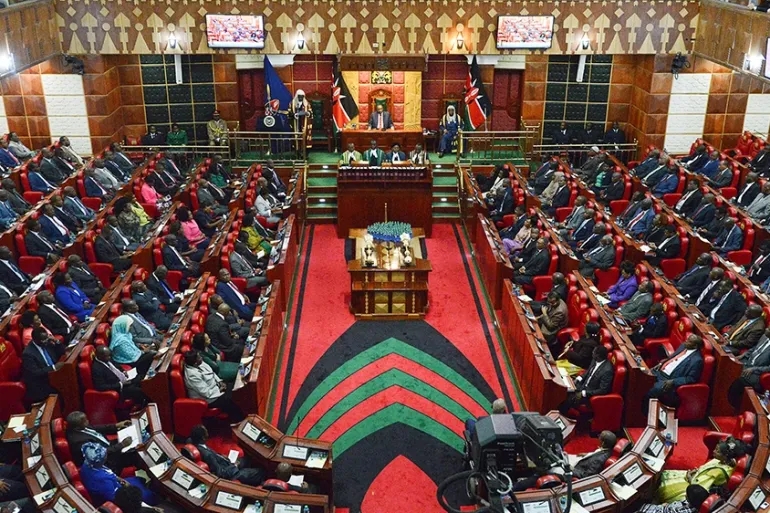Innovation including artificial intelligence that prioritize audience preferences and by extension embrace new market dynamics will ensure the media industry survives for the next several decades to come.
Innovations such as use of drones, AI and related have helped the media improve quality of and speed of releasing content to a level not imagine before.
Media houses are using AI to maximize on audience segmentation and preferences, thus gradually we are seeing a stabilization of changes in ratings, trust and credibility in the media, as the industry finds footing in the fast -changing operating environment.
Can they help in ensuring responsible and professional of media reporting of elections, especially within the context of compressed newsrooms? Can such be the panacea to misinformation and propaganda that is becoming a big threat to professional elections reporting and related safety challenges to journalists during the electioneering period?
While there are many fears and street talk that the media industry is going down soon, people are mistaking the changing consumer patterns of audiences and changing content delivery approaches to mean that people are not interested in media anymore. Interestingly, with data over the last three years showing that content consumption patterns and audience ratings are stable and reaming constant, indications are that media is not dying any time soon.
So, while newspapers may reduce circulation and radios and Tv's lose listeners, people have not stopped reading or listening or watching news, what has changed is when, where and how they consume media content. With huge leaps in technology including the advent of Artificial Intelligence (AI), machine learning, and automation, which have allowed for breakthrough insights and applications that may truly change the world forever, media content gathering, production and dissemination have changed and altered things.
Will such innovations as AI for example be the solution to improving accuracy, data analysis and speed in releasing election results and is such thinking informing the current planning by media houses on covering the 2022 general election? I am aware that many media houses are investing in establishing election desks, recruiting staff, planning on joint production and related infrastructure required for the elections, and hopefully such innovations will be considered.
There are genuine fears that such innovations and related while making work easier will make many routine jobs obsolete in the media if fully embraced, it seems it’s the way to go. Such technological innovations might be the missing link to deal with things such as misinformation, copyright infringement, content theft and frustrations being encountered when monetizing content by the media. They will become our watchmen for our paywalls as we deal with people unwilling to pay for media content.
The Television set in your house is just a platform, an irrelevant piece of electronic until content is fed into it. That’s why, the same television set has a million people watching one channel, and less than a hundred on another channel using the same TV set. Same applies to the radio receiver and internet. One website has four million hits while another has none. The difference is the content.
In the elections desk thinking, we can have the head of the desk with behind a big screen in a central location in charge of all news and content crew, who will highlight the major stories on elections they are lining up according to importance and interest around candidates and political parties. The head of content of a typical platform being the daily newspaper, radio, TV, website, or mobile device will click on the story they want. This immediately alerts the news manager to for example, to tailor a story in a specific language, get audio or video for a specific platform, determine the length etc. and release. This fits in very well with audience led programming or consumer participation in news selection and production including their participation in news gathering. It will have its own biases and challenges and might not necessarily work in the 2022 general election, but it might be coming.
Now AI suddenly takes over the role of the circulation manager, whose immediate role is to determine which platform needs which content. The new job description of the distribution manager is no longer managing van drivers but determining which platform needs which contend and working towards it. Yet in a few days, algorithms will take over his role too. The heads of the different platforms will receive alerts. Advertisements will be aggregated via AI to deliver the most personal messages to targeted audiences.













